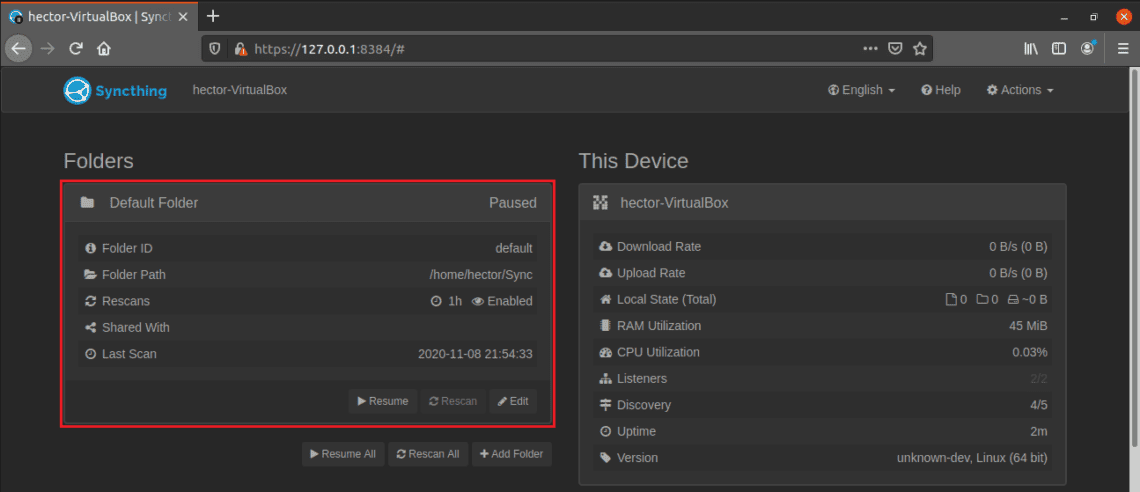
This sends reports of crashes to the Syncthing developers, containing " a technical trace of what the various threads / routines in Syncthing were doing at the time of the crash". The new Syncthing 1.2.0 also adds automatic crash reporting by default. However, TCP remains the preferred way of connection for Syncthing, when possible. QUIC is Google's rewrite of the CP protocol that combines HTTP/2, TCP, UDP, and TLS, and it should have benefits in terms of speed, transport protocol redundancy, latency and possibly security.

Syncthing 1.2.0 adds QUIC (Quick UDP Internet Connections) with NAT traversal as a new transport protocol. Basically, it can replace Dropbox and other similar services with something decentralized, where your data is your data alone. None of your data is ever store anywhere else other than your own computers (no central server) all communication is secured using TSL and authenticated using a strong cryptographic certificate. The application, which is available for Windows, Mac, Linux, Android, Solaris, Darwin and BSD, can sync files between devices on a local network, or between remote devices over the Internet.

Syncthing is a free, open-source peer-to-peer file synchronization application written in Go, which implements its own open Block Exchange Protocol. The new Syncthing 1.2.0 adds QUIC with NAT traversal as a new transport protocol, fixes some bugs, and enables automatic error reporting. Syncthing, an open source continuous file synchronization tool, had a new release yesterday.


 0 kommentar(er)
0 kommentar(er)
